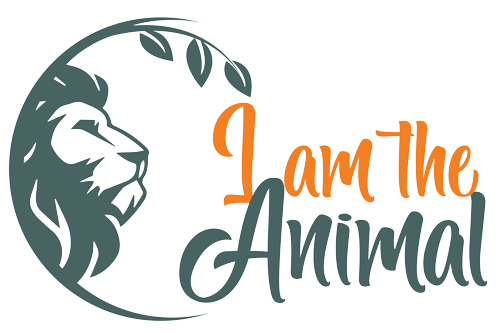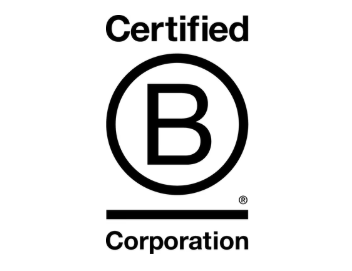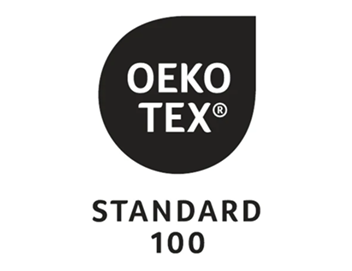Welcome back!
Put simply, Cork is the bark of the cork oak tree.
Living an average of 200 years, the cork oak tree (Quercus Suber L) is an evergreen medium-sized oak that has a thick oaky bark.
Majority of the worlds marketable cork is grown in the Mediterranean basin in a very specific ecosystem named Montado in Portuguese.
Montado (Image Corkor)
Portuguese cork is internationally known because it has the right climate to grow cork oak trees and together with Spain, owns half of the worlds cork forests.
Cork in Portugal is practically part of their DNA. The art of harvesting cork is like a family heirloom and the harvesters are extremely proud of their work. With years of research and development in the cork industry, Portugal is the undeniable world leader in cork production and exportation.
Cork harvesters (image Corkor)
The cork oak tree can be harvested approximately 15 times in its lifetime. With harvesting only beginning at 25 years and with a trunk circumference of 70cm.
The cork is extracted during the trees active growth season (between the end of May until the beginning of June) so as not to damage the tree’s ability to regenerate its bark.
Cork harvesting requires a high level of expertise and relies on a time honoured set of skills. Harvesters must be sure not to damage the vessels that provide the tree with sap and, therefore, have to handle their axes with precision and care.
Cork extraction (Image Corkor)
Let's take a look at some of Cork's unique characteristics:
Lightness- Cork is made up of a honeycomb-like cellular structure. Each cell is filled with gaseous element similar to air, which make cork an extremely light material.
Impermeable to gases and liquids- Suberin present in cork makes it impermeable to both gases and liquids. This resistance to moisture allows it to age without deteriorating.
Elastic and compressible- The cellular membranes of cork (filled with a gas similar to air) are extremely flexible. Giving it the ability to the ability to be compressed to half its thickness. When the the pressure is released, it immediately recovers to its original volume.
Fire retardant- Cork is a natural fire retardant. It burns without a flame and does not emit any toxic gases during its slow combustion.
Highly abrasion resistant- Cork is remarkably resistant to wear and has a high friction coefficient. Thanks again to the honeycomb structure, it is less affected by impact and friction than that of other hard surfaces.
Hypoallergenic- Incredibly, Cork does not absorb dust and, therefore, does not cause allergies or pose any risk to asthma sufferers.
Natural touch- Cork has a 100% unique, raw and natural surface. It's softness is one of its biggest perks. Some might say even silkier than leather...
Find our range of Cork Wallets, Bags and Belts online today.
Cork.... Biodegradable, Recyclable and Renewable!



















